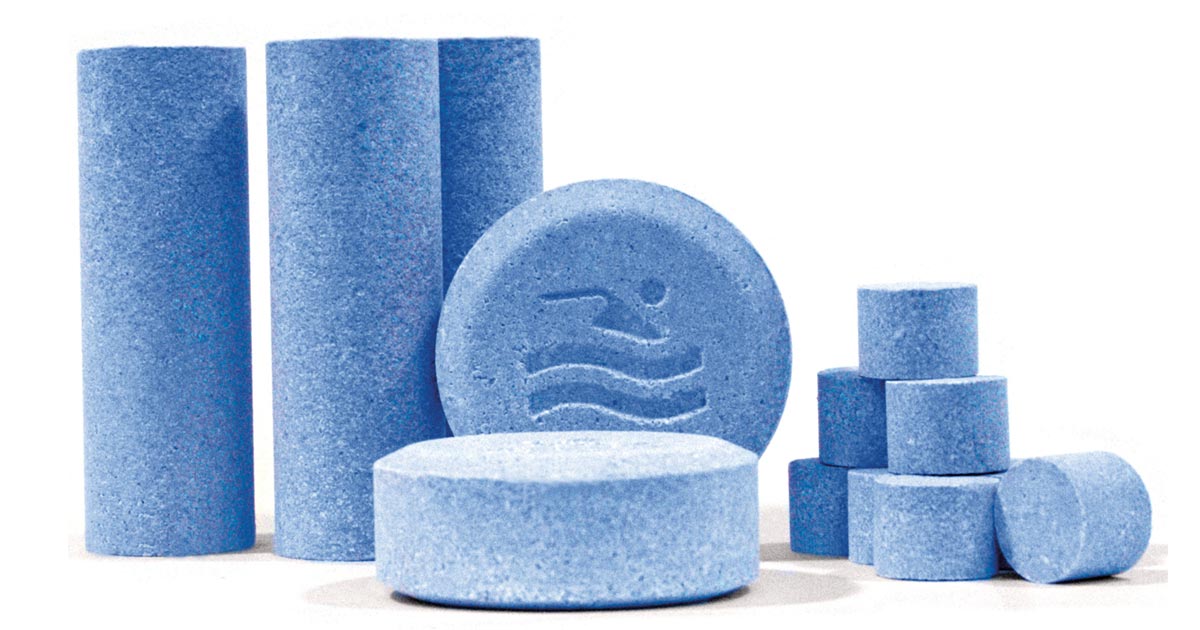The Differences in the Forms of Chlorine

Chlorine. Liquid, granular, tablets and gas. Do they all work the same? Is there a time and place to use one over the other? No, they do not work the same. And yes, there is a time and place to use each. Chlorine in gas form is the most potent, fastest acting, and most dangerous. Because of these factors chlorine gas is almost exclusively used in large commercial endeavors by trained professionals, and as such we will exclude it from our discussion here.
But when it comes to liquid, granular and tablet form, what is the difference and when should you use each? Below is a table that outlines some of the pros and cons of each and when best to use them.
|
Pro’s |
Con’s |
When to Use |
|
|
Liquid |
|
|
|
|
Granual |
|
|
|
|
Tablets |
|
|
|
The following is what your chlorine usage should typically be like:
Spring - In the spring, it is most efficient to use liquid chlorine or granular chlorine to bring your chlorine level up to an ideal level and deal with any startup issues, such as green or cloudy water. (This is not when you want to use tablets since there is not yet a residual of 1-3 ppm of chlorine in the water to maintain.) Liquid chlorine is best used to bring immediate results of raising your chlorine level in the water.
In Season - During the pool season is the ideal time to use chlorine tablets. We recommend BioGuard’s SilkGuard Complete Tabs, in 1” tablets or 3” tablets, depending on your use. One of the things to realize about the chlorine in your pool is that it does not stay there. It gasses off into the atmosphere or is used up killing pathogens or algae, and therefore you need a constant source of new chlorine to maintain that 1-3 ppm of free chlorine to keep your pool safe and clean. You may periodically have to use either liquid or granular chlorine to break up large amounts of combined chlorine or as a supplement for unusual chlorine demand, such as a large bather load from a party.
End of Season (Fall) - We highly recommend the use of specially formulated Arctic Blue winterizing kits made by BioGuard. It is essential to have enough chlorine in your water at the time of closing to prevent algae growth and aid in opening in the spring to a clear pool. The chlorine (Arctic Blue Shock) and algaecide (Arctic Blue Algae Protector) included in the winter kit is a multi-purpose formula to clarify, fight algae and protect at lower temperatures. Although algae growth slows down when the water temperature reaches sixty degrees, it can still grow.